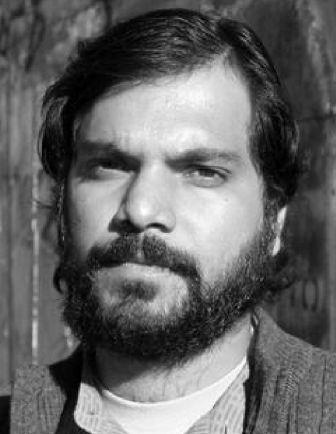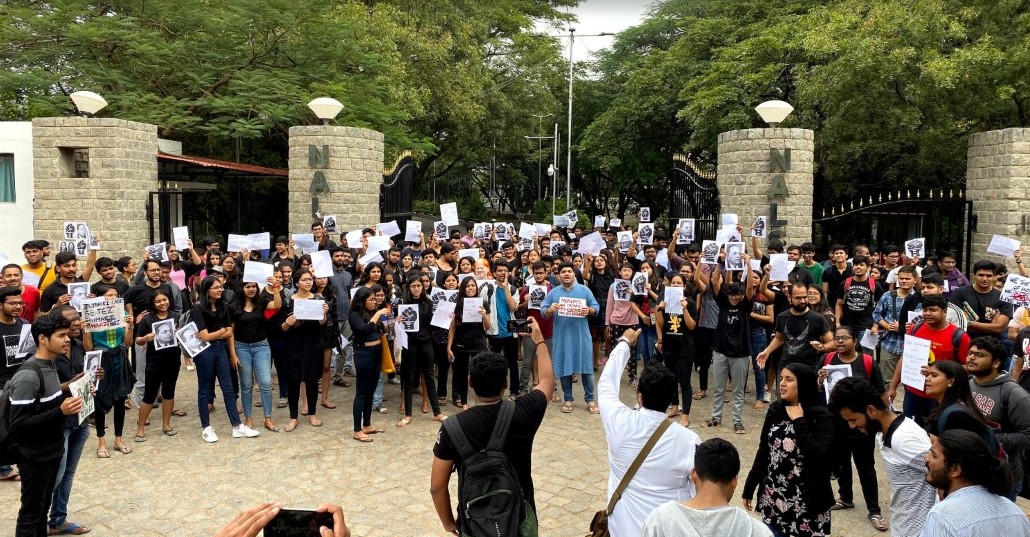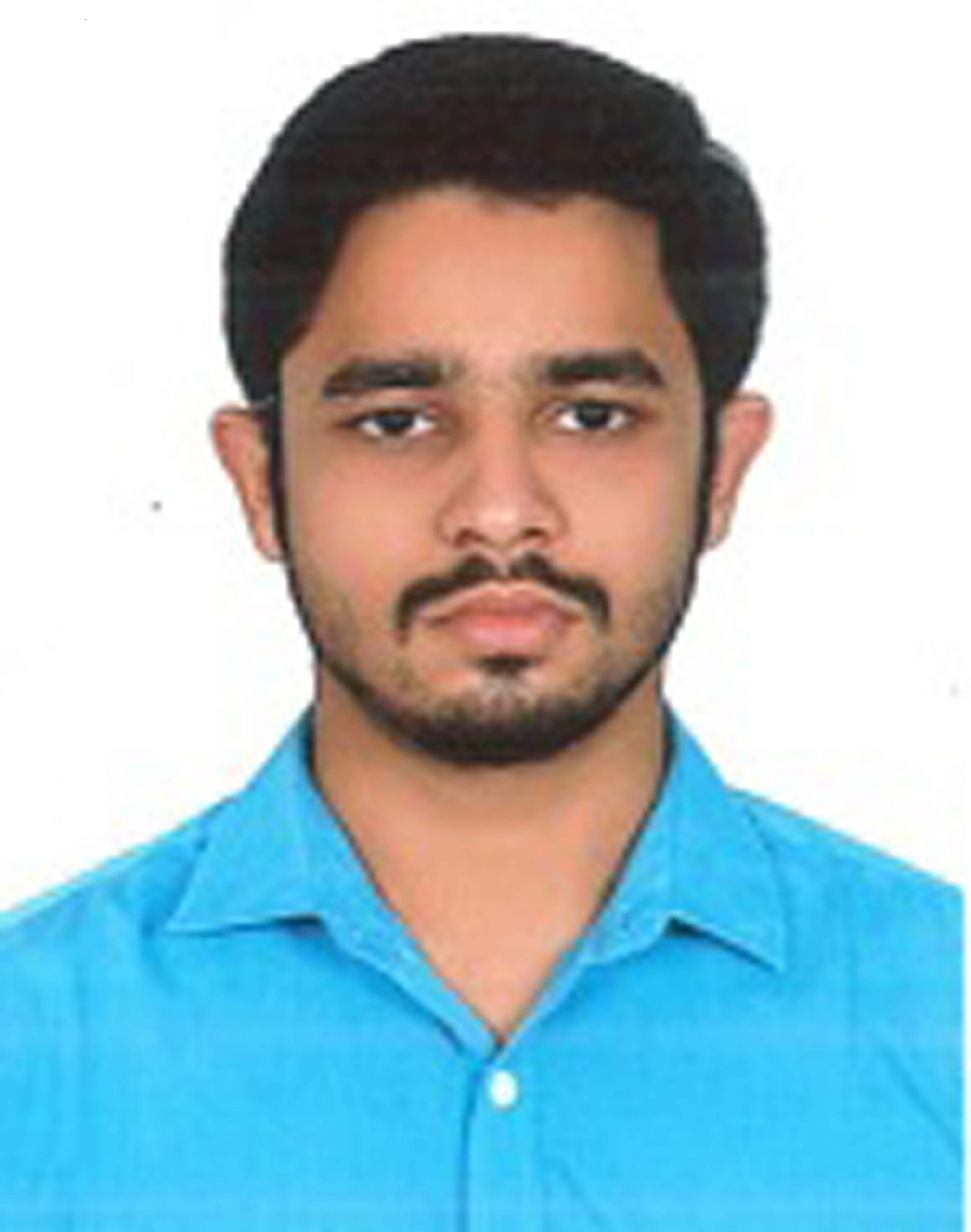Surya Shankar Dash
 More than a year and half ago some activists related to the Niyamgiri movement were consulted by anthropologist Dr. Felix Padel about who would be the best person to be nominated for the Goldman award for environmentalists (referred to as the Green Nobel by conservation NGOs). Some strongly opined that such awards have problematic origins in ill-gotten corporate wealth. The list of earlier recipients like Medha Patkar and Ramesh Agarwal didn’t sound very impressive either. Nonetheless, most people had suggested the names Lado Sikkaka and Dodi Pushika, or that the award and cash prize of more than Rs. 1 crore should be conferred on Niyamgiri Suraksha Samiti.
More than a year and half ago some activists related to the Niyamgiri movement were consulted by anthropologist Dr. Felix Padel about who would be the best person to be nominated for the Goldman award for environmentalists (referred to as the Green Nobel by conservation NGOs). Some strongly opined that such awards have problematic origins in ill-gotten corporate wealth. The list of earlier recipients like Medha Patkar and Ramesh Agarwal didn’t sound very impressive either. Nonetheless, most people had suggested the names Lado Sikkaka and Dodi Pushika, or that the award and cash prize of more than Rs. 1 crore should be conferred on Niyamgiri Suraksha Samiti.
Gandhian activist Prafulla Samantara was finally awarded instead. He is a Gandhian social activist associated with National Alliance for People’s Movements, Lok Shakti Abhiyan and Lohia Academy. He has been a supporter of movements in Kalinganagar, Niyamgiri, Gopalpur, etc. and is a regular in mainstream media columns and discussions on these issues. For his work he has been awarded fellowships by NGOs like Concern and others. Indeed his contribution to the movements is noteworthy and is welcomed by most communities, but, it is increasingly evident that whether by intent or not Prafulla Samantara has ended up with appropriation and erasure of movements he claims to fight for.
The first matter is if Prafulla Samantara was awarded as a representative of the Niyamgiri movement or for being a Gandhian activist. This can be easily verified by studying the official statement of the Goldman award (Link for Goldman Award statement https://www.goldmanprize.org/recipient/prafulla-samantara/) which reads, “An iconic leader of social justice movements in India, Prafulla Samantara led a historic 12-year legal battle that affirmed the indigenous Dongria Kondh’s land rights and protected the Niyamgiri Hills from a massive, open-pit aluminum ore mine”. Clearly he was awarded for the Niyamgiri movement and not anything else. Now the question is how much truth is there in the claim that he led the Niyamgiri movement. A further study of the official statement by the Goldman award reveals more glaring inconsistencies, half truths and exaggerations. The Goldman website mentions, ‘Samantara alerted the Dongria Kondh that their land had been given away. He went from village to village to meet with local communities, sometimes walking or biking through remote routes to avoid mining supporters. Through peaceful rallies and marches, he organized the Dongria Kondh to maintain a strong presence in the hills to keep the mine from moving forward.’
In the above statement the first misinformation is that he ‘alerted’ the Dongria Kondh while the truth is the Dongria Kondh were always aware of the mining threat ever since the British geologists carried out surveys and newer generations were alerted by surveys of the Orissa Mining Corporation and Geological Survey of India. The first meeting that Prafulla Samantara addressed in Dongria Kondh land was as late as 2008 and his campaigning until then was limited to appearing to meetings held at Lanjigarh against the land acquisition for Vedanta’s refinery. It is also being implied that he went on a bicycle from village to village to alert the people. The truth is that there was a bike rally in which several activists participated including him and the bike rally was surely not in Dongria Kondh land. It is actually not possible to have a bike rally in the Niyamgiri hills as it is a thick forest with steep hills.
Now for the most glaring half truth, in the Goldman website: ‘Meanwhile, Samantara filed a petition with the Supreme Court’s panel governing mining activities, becoming the first citizen to use the legal system in an attempt to halt the Vedanta mine. Almost a decade after Samantara’s initial filing, the Supreme Court issued a historic decision on April 18, 2013. The court’s ruling empowered local communities to have the final say in mining projects on their land, and gave village councils from the Niyamgiri Hills the right to vote on the Vedanta mine.’
Firstly, the above statement fails to mention that the first three petitioners in the case were Samantara, R Sreedhar and Biswajit Mohanty. Their case culminated in 2008 with the Supreme Court giving a verdict that bestowed ‘in-principle’ mining rights to the lease holder. In other words, Samantara and the other three environmentalists lost the case. Witnesses of the court proceedings have stated that the Judges questioned the right of environmentalists to interfere in the matter and represent the Dongria Kondh. This is not to say that the Manubadi Judiciary became judicious but they used valid questions of Adivasi representation to give a pro-Vedanta verdict.
It was only several months later that the case which ultimately led to the historic referendum was filed, and it was filed by more than thirty Dongria Kondh leaders from twenty villages at least. In their petition to the National Green Tribunal they claimed ownership of the entire Niyamgiri hill range as their sacred and customary land, and they demanded a closure of the Vedanta refinery. It was this petition from the Dongria Kondh that led to the subsequent Gram Sabhas that unanimously voted against mining.
Unfortunately there has never been any mention by Samantara or for that matter anyone else, of this petition by the Dongria Kondh. In fact Savarna intellectuals of Bhubaneswar claimed in a meeting held to felicitate Samantara winning the Goldman award (where no Dongria Kondh leader was present, and rather, Dongria Kondh activists were being hounded by the paramilitary at the exact same time) went ahead and said there was no resistance from the Dongria Kondh ever and that it was Samantara alone who had defeated Vedanta. It was a dastardly act of appropriation and erasure of the true story of Niyamgiri, i.e. be it in the forest or the streets or the Courts, it has always been a fight led by the Adivasi leaders and activists. People like Samantara have only extended their solidarity and support to the movement.
If one studies closely, environmental litigations are dominated by NGOs and there is very little litigation from Adivasi leaders and activists. Prafulla Samantara is a petitioner in several such cases across the length and breadth of the State, be it the hostile takeover of Dalit land by Brahmin mafia in Puri coast or Niyamgiri. If Samantara is a true friend of the movements, should he not help people file their cases rather than ride upon the movements built with Adivasi Dalit sweat-tears-blood, be named as petitioner in the cases and if the case is won then appear as the one responsible for the victory?
After winning the award, Prafulla Samantara announced that he and his wife had decided to donate the money to charity. But, who gave him and his wife the right to decide what they would do with the money? Was he not supposed to consult the Niyamgiri Suraksha Samiti? How did his wife earn the right to make this important decision while none of the Dongria Kondh leaders were consulted? It seems a new charitable trust was formed for this sole purpose and the award money amounting to more than Rs. 1 crore will be used by the Trust as Samantara wishes, and in all likelihood it will be spent on things unrelated to Niyamgiri and to promote activities related to his Gandhian ideology.
It must be said that the movement in Niyamgiri is NOT Gandhian. It is essentially an Adivasi movement like that of Birsa Munda and ideologically the people are mostly with Communists and Ambedkarites. One is not making a case for any ideology here but there is no Gandhian movement in Niyamgiri thus eliminating any justification of the reward money for the Niyamgiri movement being used to promote Gandhian ideology.
Why not open an alternate school or medical clinic for Niyamgiri Suraksha Samiti? Or even better, why not let the Niyamgiri Suraksha Samiti decide what should be done with the money?
Such questions were raised by some people associated with the movement but with their new found importance, Samantara’s Gandhian sycophants started a counter campaign against anyone critical of Samantara or the Goldman award, within the movement. To criticise him was termed as ‘dangerous and divisive’ and some critics were labelled ‘pro Vedanta’. It was being said that in larger interest, Samantara should not be criticised. But what could be more dangerous than the fact that not for a single time did Samantara ever mention about the incarceration of Dongria Kondh activist Dasuru Kadraka, neither in his acceptance speech nor in any of the hundreds of interviews he gave to global, national, regional, local media after winning the award. Was he not meant to use this opportunity to highlight the terrible repression the Dongria Kondh have undergone in the last decade at the hands of the police and paramilitary? There is hardly any mention at all of the horrors the people have gone through but there is adequate mention of the one time that Samantara’s car was not allowed to reach a meeting in Lanjigarh.
We have witnessed the way Brahmin Savarna and White intellectuals got united to defend the Gandhi Peace Foundation awards for Binayak Sen and Bulu Imam. It is no surprise because such awards are meant to disrupt real resistance and to impose Savarna narratives. What would happen if the world got to know that it was the Dongria Kondh who won the Supreme Court case and not a NGO sponsored Gandhian? The answer is. it might just lead to more Adivasi communities exercising their agency and fighting corporate assaults on their land in the legal battlefield instead of being cannon fodder in revolutionary warfare between Savarna Left and Right or be hapless padyatris for the Gandhians. It will disrupt the whole façade of Savarna solidarity, their fact finding missions, their expert opinions, their academic theories and expose them for what they truly are.
One is not trying to imply that justice will be served in Brahmin courts, but it is a fight that is inevitable and is nonetheless fought by Savarnas representing Adivasi communities. Why can’t Savarnas help the people fight these legal cases instead of making it about their personal valor and greatness? Can the Savarna be honest and humble enough to admit they have done wrong and stop blocking the way ahead for Adivasi movements? Will Prafulla Samantara ever stand up and say he got carried away and hand over the award to those who truly deserve it?
~~~
Surya Shankar Dash is a filmmaker working with the Adivasi movement against Vedanta in Niyamgiri and Tata steel in Kalinga Nagar. He was born in a Brahmin family but was witness to the horrors of Brahmnism from childhood within the family and outside and has ever since tried to fight his inherent Brahminisim, follow the way of the Buddha and for the last decade has been deeply influenced by Babasaheb Ambedkar.










